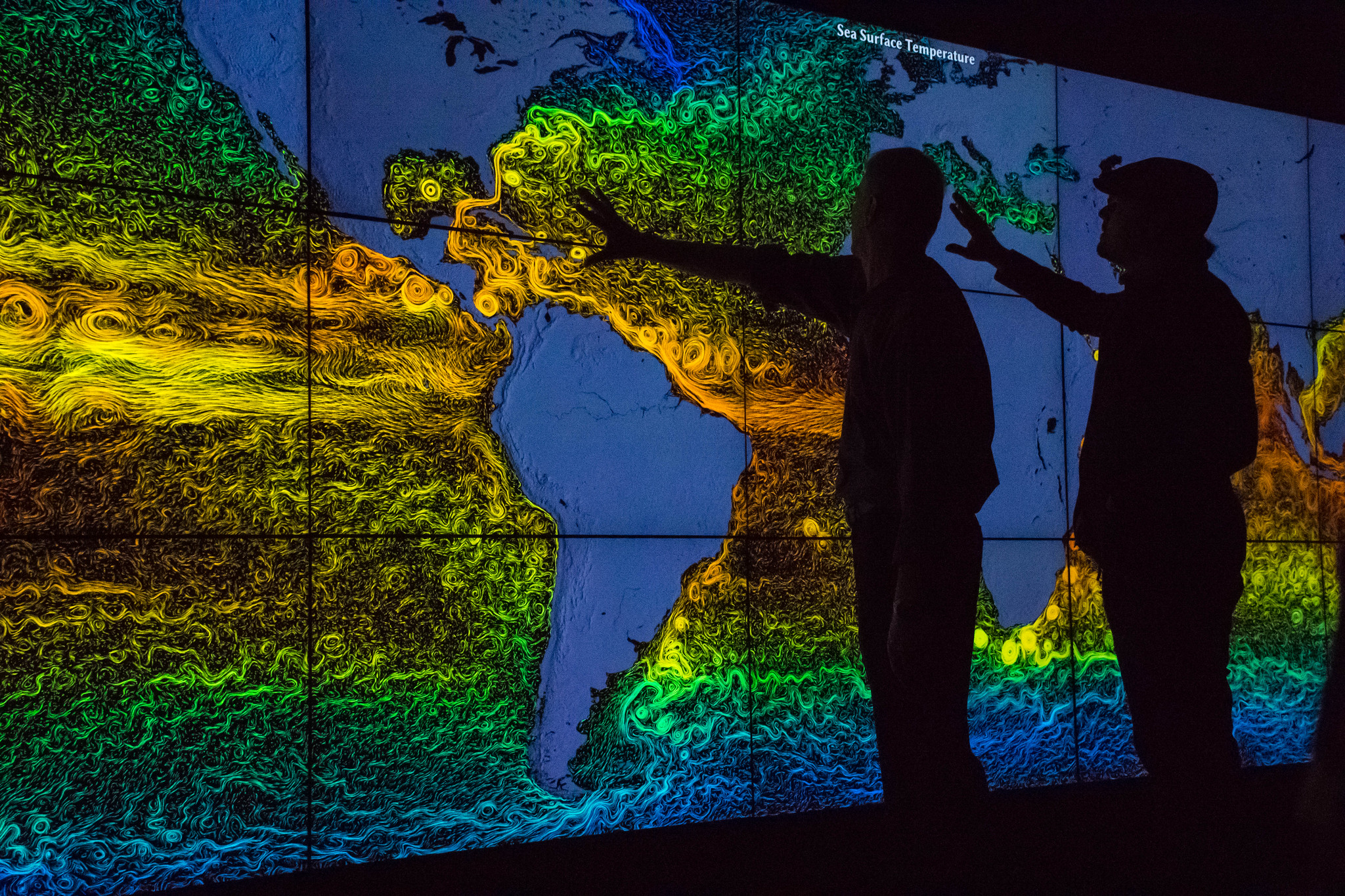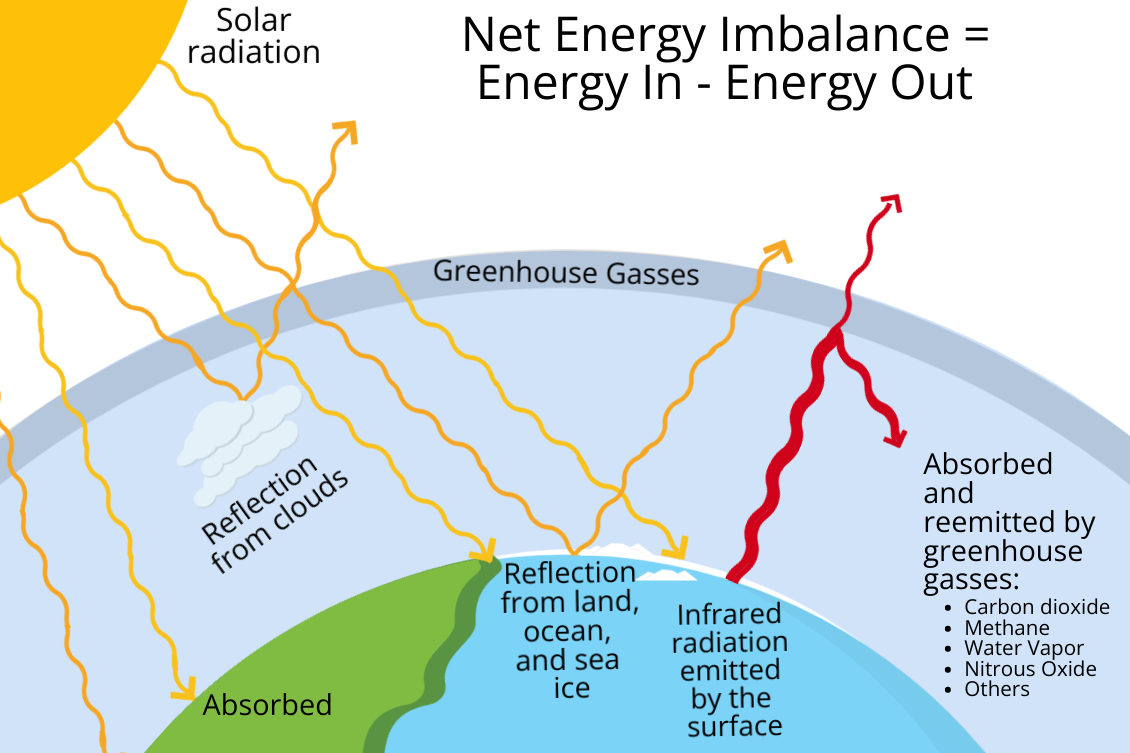Who makes climate models?
The World Climate Research Programme (WCRP), established in 1980, coordinates the largest group of modeling centers across the world. The WCRP carries out the Climate Model Intercomparison Project, typically referred to as CMIP. CMIP is overseen by the Working Group on Climate Modeling (WGCM), a part of The World Climate Research Programme, and their many collaborators. More than 49 modeling centers contribute climate model simulations in accordance with these collaborative modeling projects.
What is the IPCC? What is their role in climate modeling?
The Intergovernmental Panel on Climate Change (IPCC) is a group of countries with the United Nations that helps to understand anthropogenic climate change and the impacts it will have on the planet. The IPCC uses models developed through the WCRP to create assessment reports. They also help to assess and interpret the current state of climate science and how it can be improved. The IPCC published the Sixth Assessment Report (AR6), using CMIP6, in 2021.
Why are there so many climate models?
CMIP6 includes over 100 models from 49 different modeling groups. Although scientists have a strong understanding of how the Earth’s climate works, no model can perfectly simulate such a complex system. Each modeling institution independently created one or more climate models depending on the scientific questions of interest to the institution. Some model components are shared among modeling institutions, but each model varies in its resolution, included components, parameterizations, etc. This then allows scientists to see a range of possible futures, more than could be seen with one model.
What physical principles do climate models use to calculate climate change?
Climate models are based on quantifying the physical principles that impact weather and climate on Earth:
- Conservation of air and water mass – matter can neither be created or destroyed in a chemical reaction
- Conservation of energy – energy can neither be created or destroyed in a chemical reaction
- The ideal gas law applied to air – an equation to describe the behavior of many gasses using temperature, pressure, volume, the amount of gas, and the ideal gas constant (pV = nRT)
- Conservation of momentum in three directions – also called Newton’s 1st Law, which states that something will not start moving unless an outside force acts on it, and once it is moving, it will not change directions, speed up, or slow down unless an outside force acts on it.
All these principles are integrated into climate models. Climate models become more reliable with better understanding of the physics of these factors and how they interact with each other.
-
Basics of Global Climate Models

-
What are climate model phases and scenarios?


